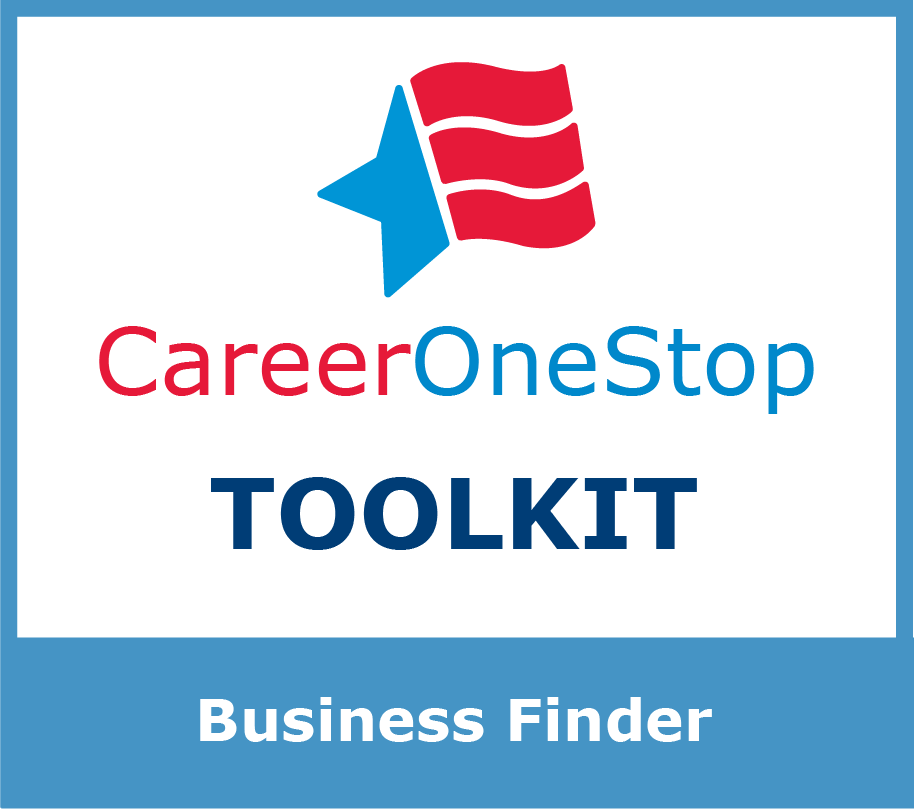

The Competency Model Clearinghouse (CMC) is excited to announce the release of its comprehensive Authoring Guide: Understanding and Writing Nationwide Competency Model Frameworks. This guide is a valuable resource for workforce development professionals, educators, and organizations preparing nationwide industry Competency Models for publication on the CMC website.
The Authoring Guide is a valuable resource for individuals and organizations preparing nationwide industry Competency Models for publication on the CMC website.
This guide explains the basic competency model elements and organizational structure used within the Competency Model Clearinghouse (CMC) for the nationwide Industry Competency Models, and provides suggested approaches to writing competency model content.
- Process for Creating and Publishing Nationwide Industry Competency Models
- Emphasizes the use of the Building Blocks Model, a proven methodology for defining competencies at different levels.
- Outlines how to structure competency block elements, including titles, definitions, tasks, key behaviors, knowledge, skills, and tools and technologies. The Authoring Guide offers practical insights to enhance the effectiveness of your competency models.
- Unlocking Competency Models in Practice: Real Life Examples and Resources
- Showcases additional tools and resources on the Competency Model Clearinghouse to help your organization effectively apply competency models to create competency-based curriculum, job profiles, assessments, and apprenticeships.
- Links real-world examples of competency models covering a wide range of industries, case studies, and modularized learning supports.
Access the Authoring Guide:
To access the full Authoring Guide and other tools, visit the Competency Model Clearinghouse website: Authoring Guide – CMC.









